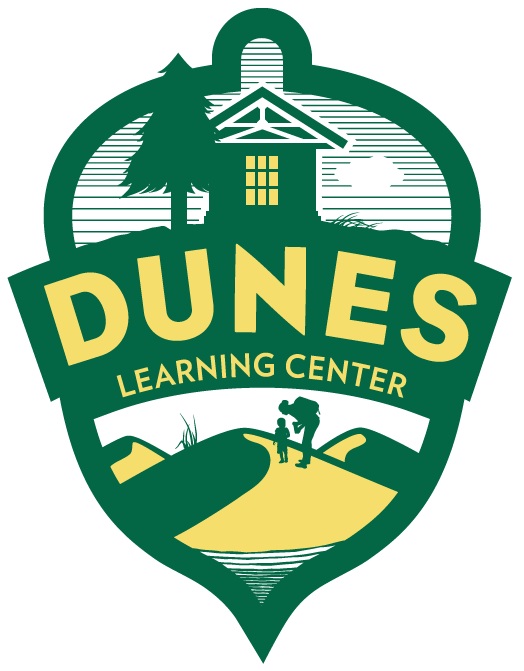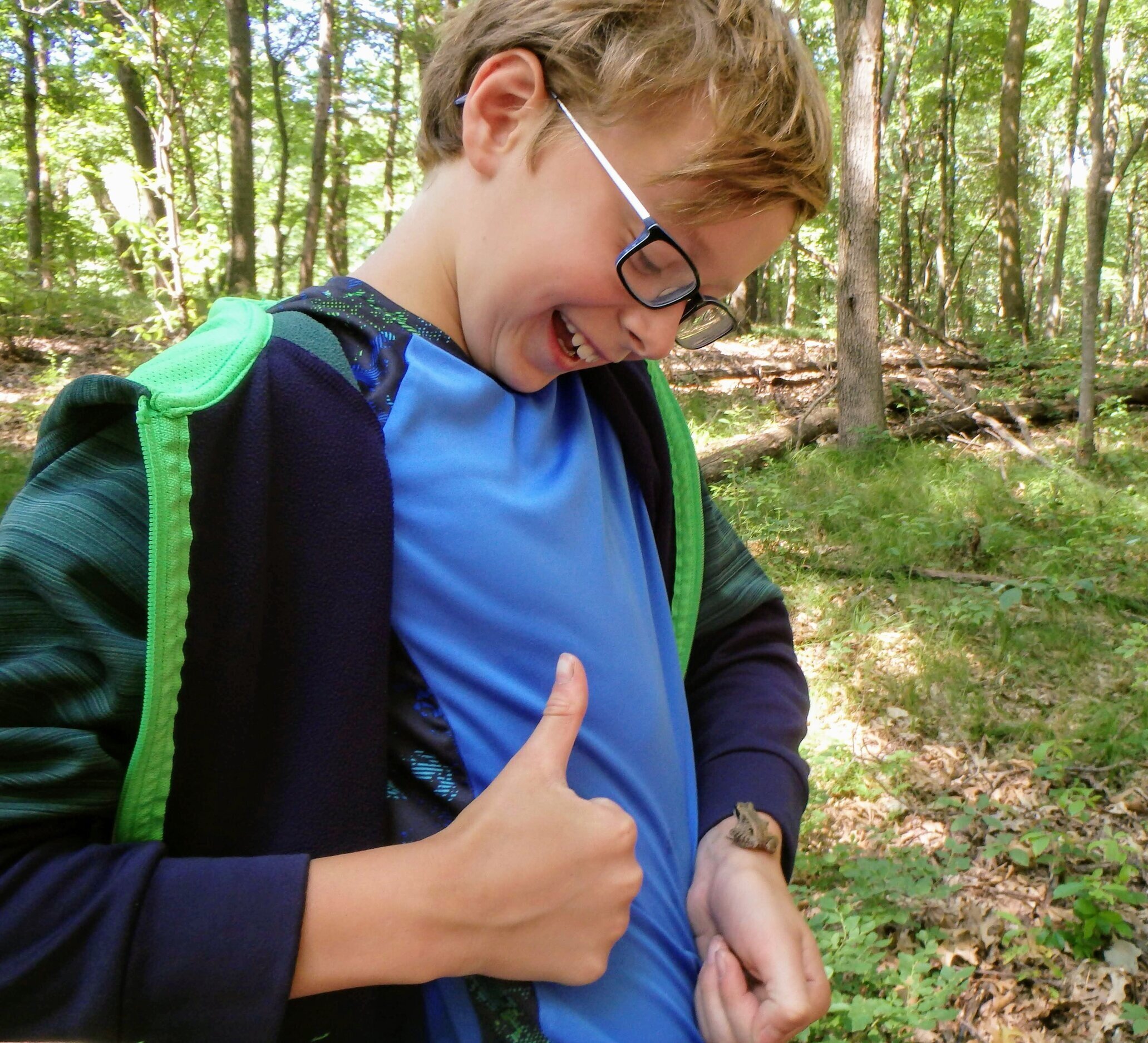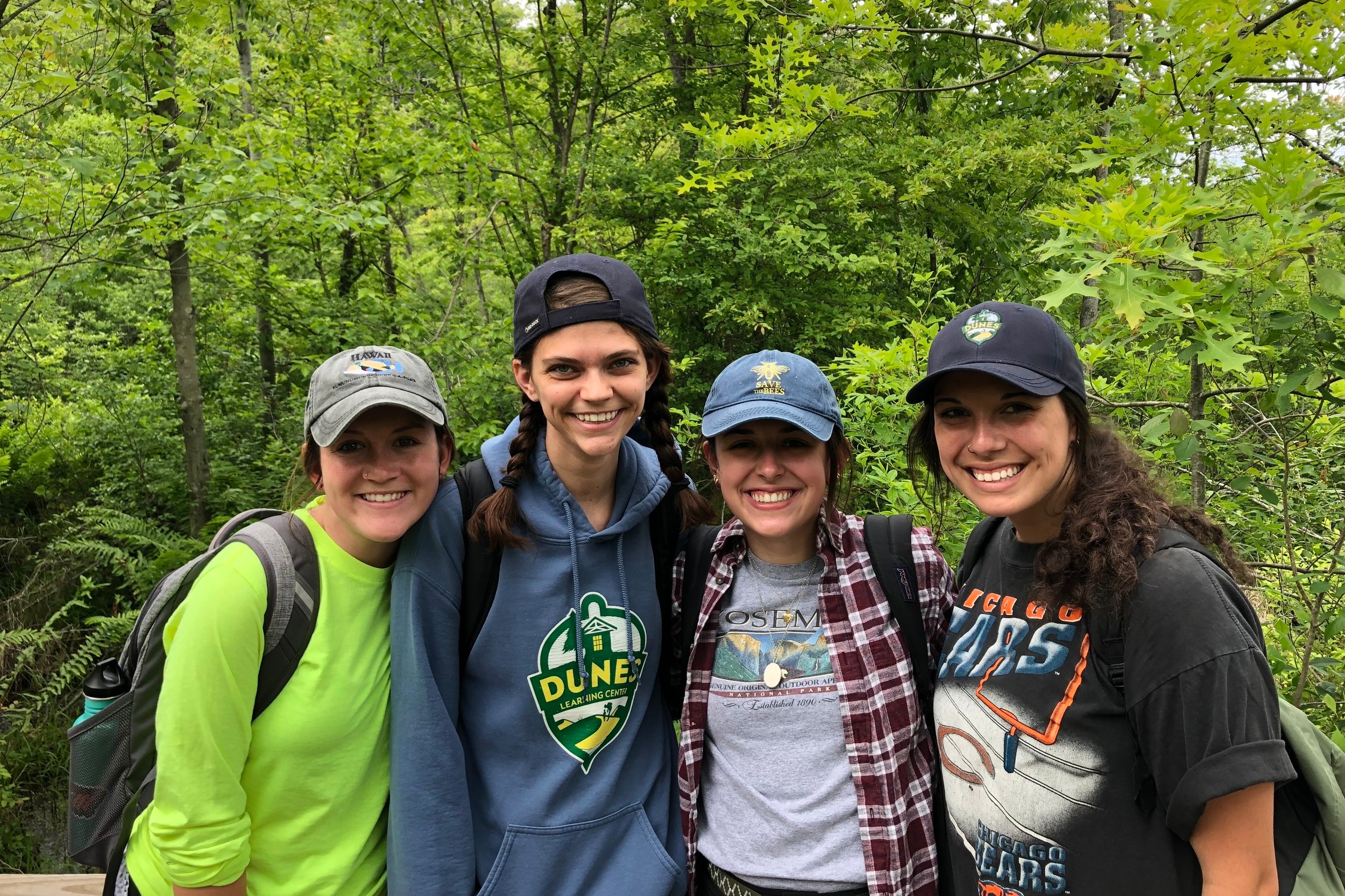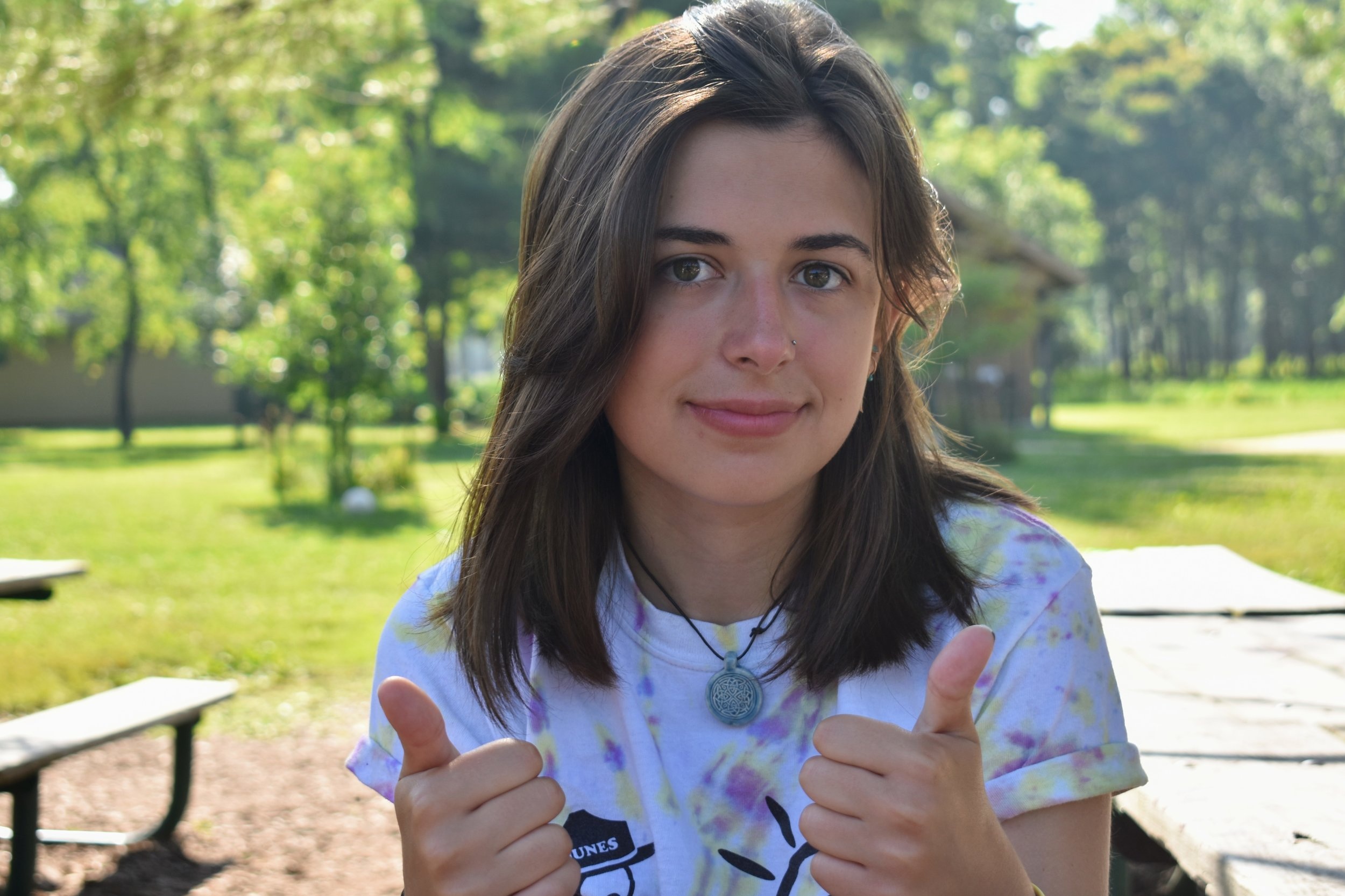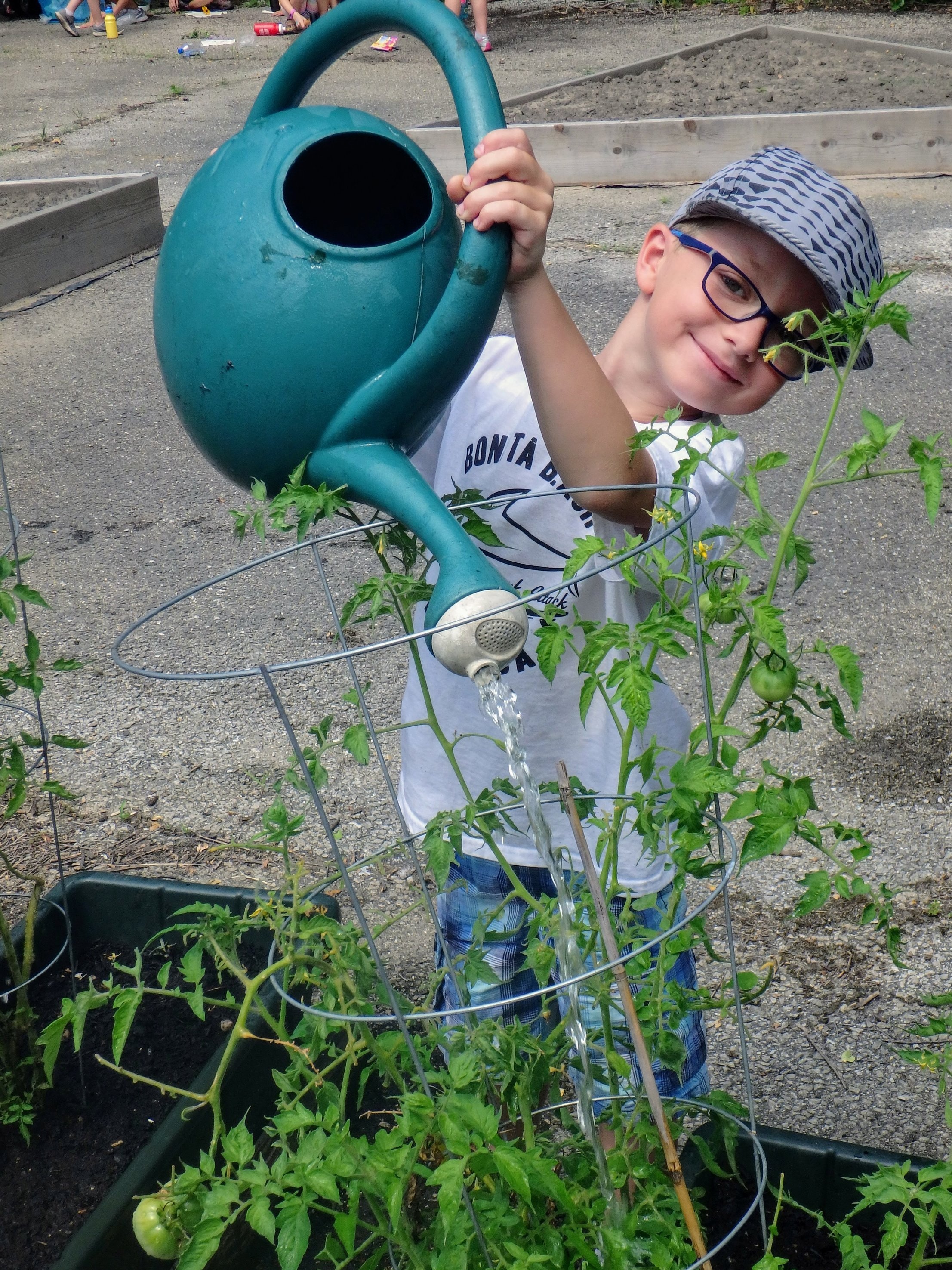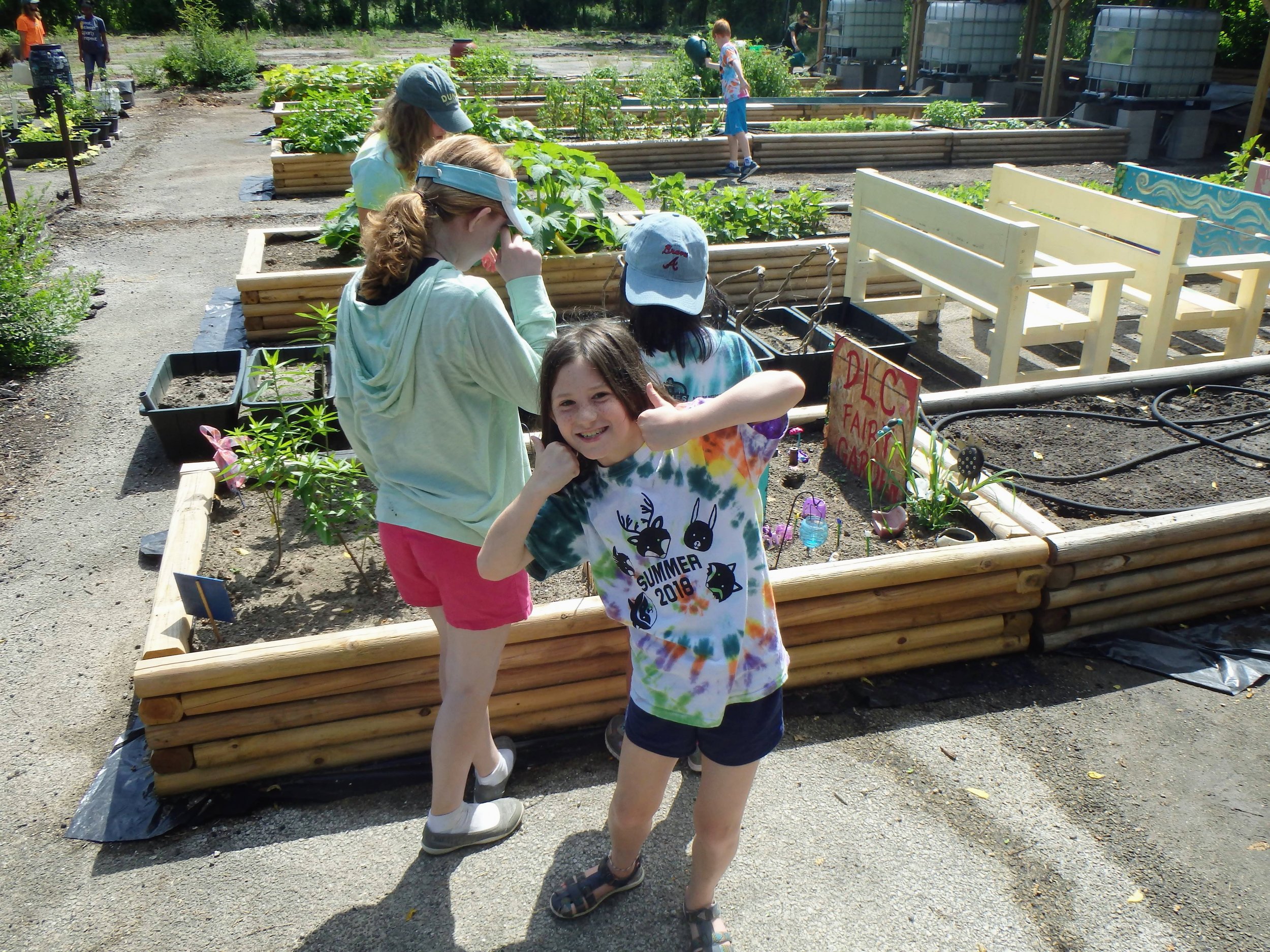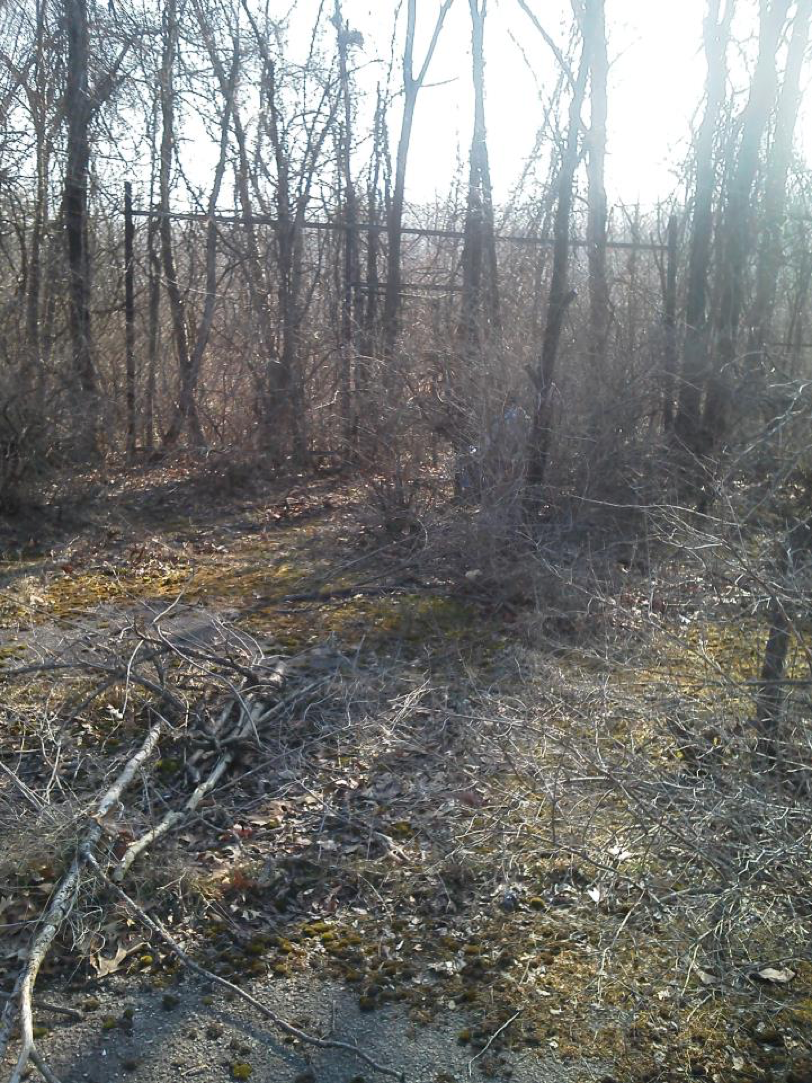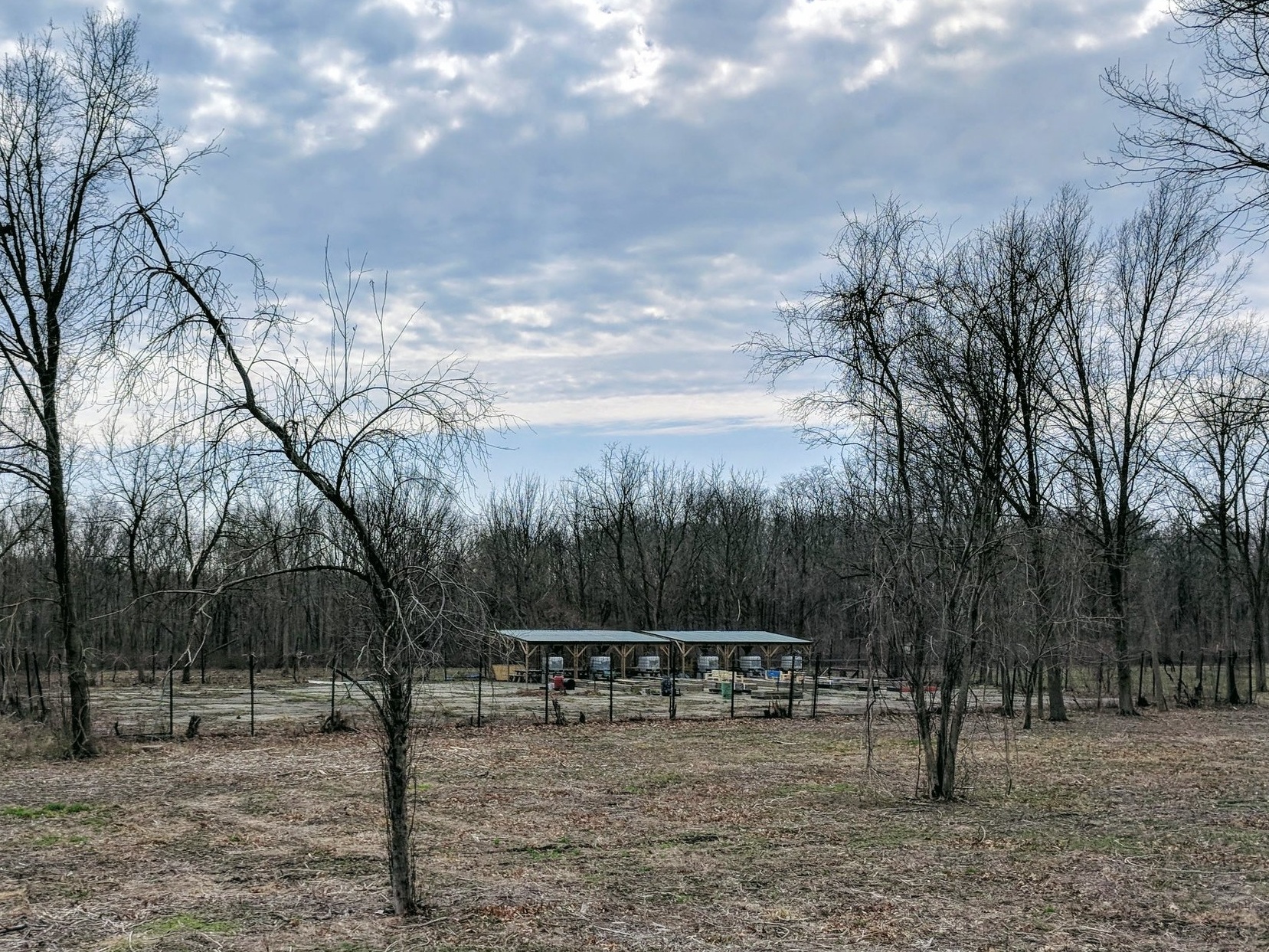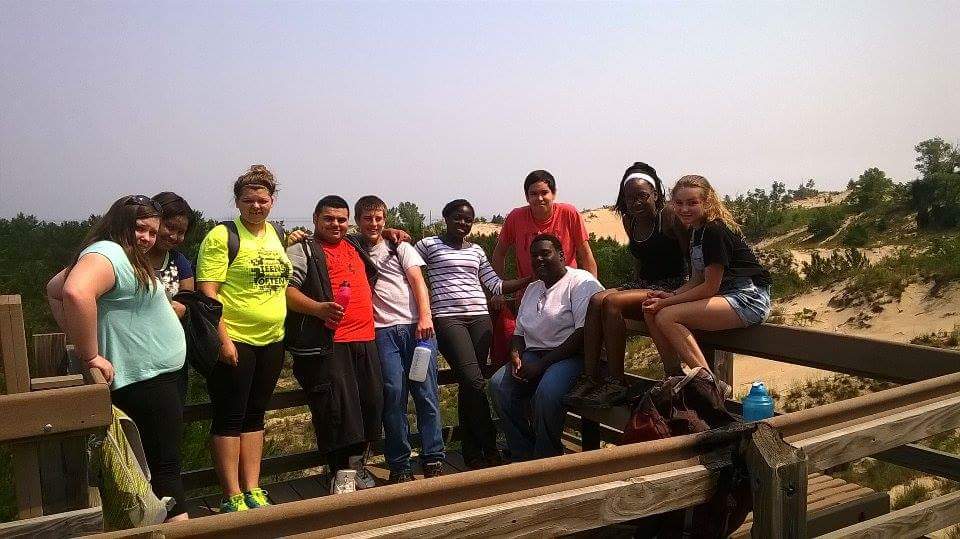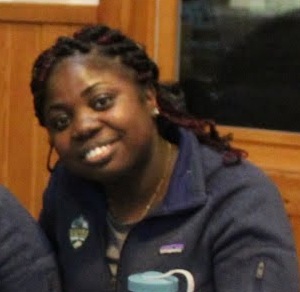My Story with Science
/By Kayla Groen, Naturalist
Growing up, science was my worst subject in grade school. I misunderstood science so much that on the day I learned about tornadoes, volcanoes, earthquakes and hurricanes, I feared all of them were going to hit me the moment I got home from school. I was terrified until my parents reassured me what could and couldn’t happen in northwest Indiana.
Feeling so disconnected to science, I couldn’t bring myself to care the way I knew I should about science. What I learned was mostly delivered through a textbook and I figured if I couldn’t understand it from there, then science just wasn’t for me.
But field trips were a different story. Take me out of the traditional classroom and put me in a museum, aquarium, zoo or park, and science became more than big words on a page.
My second-grade brain at the Field Museum thought I could pull one of those massive, replica pyramid blocks all by myself. It never budged, even with the help of five or more classmates. As I let go of the rope, I was frustrated. How did the Egyptians do it?
My first-grade brain at the Shedd Aquarium wanted to know how it was possible that humans and dolphins could talk to each other, while my third-grade brain at the Brookfield Zoo wanted to know how lions could sleep all the time.
If you asked me back then, I thought science was gross. I didn’t realize that the questions in my head from those informal learning moments pointed to a science-curious mind. Back in the classroom, it was back to the formal textbook, and I lost interest.
In high school, however, I took a natural resources class and became captivated with how to identify different trees based on leaves and seeds. Being able to see and touch the different leaves and trees transformed my learning. It was the first time I realized science didn’t have to be something unattainable for me.
After that class and extra-curricular experiences beyond it, I fell in love with informal education and free-choice learning. These concepts describe opportunities that foster learning beyond formal education in the classroom (i.e. museums, aquariums, zoos and parks). How things come full circle! By the end of college, I knew I wanted to work in these places and help make learning fun and science accessible for students who feel the way I did.
Becoming a naturalist with Dunes Learning Center has helped solidify that passion. I love working with students outside of their traditional classrooms and watching them grow in adventure and curiosity within the Indiana Dunes National Park. I love hearing them ask questions they personally want the answers to and I love seeing lightbulb moments when they connect to nature hands-on.
Yet, my time as a naturalist and the industry of informal education institutions has changed so much within the past several months. I’ve now spent more time in virtual education than in in-person programs.
My heart aches for those places I love. Will informal education institutions be able to return and provide teaching experiences to students again? Will hands-on experiences and opportunities disappear as the fear of contact grows? There’s no way to know for sure. But I remain hopeful no matter the classroom.
While outside experiences may remain limited, I hope this is a time for exploring curiosity in science and nature, wherever your learning environment is. Many things remain uncertain, but learning and growing can still go on.
And joyfully, those things don’t require a textbook.
Kayla Groen
Naturalist
